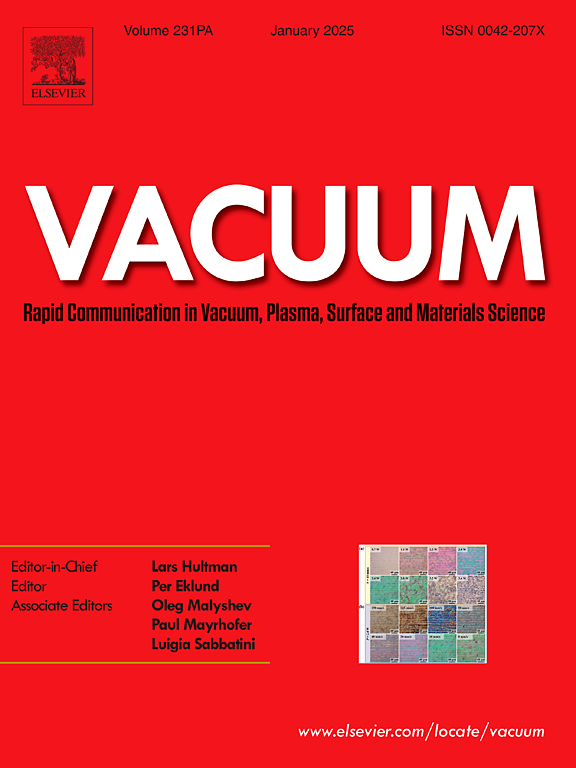The microstructural evolution and enhanced mechanical properties of in-situ (AlN+CrC) reinforced Al0.5CoCrFeNi high-entropy alloy composites
IF 3.8
2区 材料科学
Q2 MATERIALS SCIENCE, MULTIDISCIPLINARY
引用次数: 0
Abstract
Using g-C3N4 as a precursor, the in situ synthesis of (AlN + CrC)-reinforced Al0.5CoCrFeNi high-entropy alloy (HEA) was successfully achieved through the spark plasma sintering process. The nitrogen and carbon sources from g-C3N4 react with Al and Cr to form AlN and CrC, respectively, resulting in a (AlN + CrC)/Al0.5CoCrFeNi composite with a network structure. The introduction of reinforcement particles significantly refines the grains of the composite. The meticulously designed (AlN + CrC)/Al0.5CoCrFeNi composite exhibits a hardness of 589 HV and a tensile strength of 1108 MPa. Compared with high entropy alloy, the increases are 33 % and 28 %, respectively. The fracture mechanism of high-entropy alloys primarily involves ductile fracture, while the composite exhibits both ductile and brittle fracture mechanisms. The in-depth analysis of the reinforcement mechanism of network-structured composite materials reveals that Strengthening mechanism main include load transfer, thermal mismatch, solid solution strengthening, the orowan mechanism and synergistic enhancement of different types of particles at multiple scales.
求助全文
约1分钟内获得全文
求助全文
来源期刊

Vacuum
工程技术-材料科学:综合
CiteScore
6.80
自引率
17.50%
发文量
0
审稿时长
34 days
期刊介绍:
Vacuum is an international rapid publications journal with a focus on short communication. All papers are peer-reviewed, with the review process for short communication geared towards very fast turnaround times. The journal also published full research papers, thematic issues and selected papers from leading conferences.
A report in Vacuum should represent a major advance in an area that involves a controlled environment at pressures of one atmosphere or below.
The scope of the journal includes:
1. Vacuum; original developments in vacuum pumping and instrumentation, vacuum measurement, vacuum gas dynamics, gas-surface interactions, surface treatment for UHV applications and low outgassing, vacuum melting, sintering, and vacuum metrology. Technology and solutions for large-scale facilities (e.g., particle accelerators and fusion devices). New instrumentation ( e.g., detectors and electron microscopes).
2. Plasma science; advances in PVD, CVD, plasma-assisted CVD, ion sources, deposition processes and analysis.
3. Surface science; surface engineering, surface chemistry, surface analysis, crystal growth, ion-surface interactions and etching, nanometer-scale processing, surface modification.
4. Materials science; novel functional or structural materials. Metals, ceramics, and polymers. Experiments, simulations, and modelling for understanding structure-property relationships. Thin films and coatings. Nanostructures and ion implantation.
 求助内容:
求助内容: 应助结果提醒方式:
应助结果提醒方式:


